Advanced Digital Printing Techniques Explained: Effective Options for Seamless Production
If you’re planning to run a digital printing business, you know how critical it is to produce high-quality prints in such a speedy and cost-effective manner. You don’t want to make your customers complain a lot about the quality of your prints or the long turnaround times. To avoid such issues, you need to use advanced digital printing techniques.
In today’s digital printing technology, there are now more options than ever for achieving seamless production. Basically, all of them offer the same goal, which is to produce high-quality prints faster and more efficiently. But which techniques are the most effective for your specific needs? Let’s find out.
Inkjet Printing
Inkjet printing is a versatile and popular digital printing technique that uses tiny droplets of ink to create vibrant images and text on various surfaces. This method is known for its high-quality output and precise detail, making it ideal for producing everything from posters to packaging. With this technique, you can achieve and maintain consistent, rich colors and gradients with exceptional clarity. Whether you’re working on marketing materials or personalized products, inkjet technology can bring your designs to life with stunning visual impact.
Screen Printing
Though it might not be a digital printing technique in the strictest sense, you need to know that Screen Printing is still dominating. It involves creating a stencil and applying layers of ink onto the printing surface through a mesh screen. This method consistently allows for vibrant colors and precise details to be transferred onto various materials, from paper to fabric. The process can also accommodate different ink types, making it suitable for both light and dark backgrounds. Additionally, screen printing offers durability, ensuring that your designs will withstand wear and tear over time.
Laser Printing
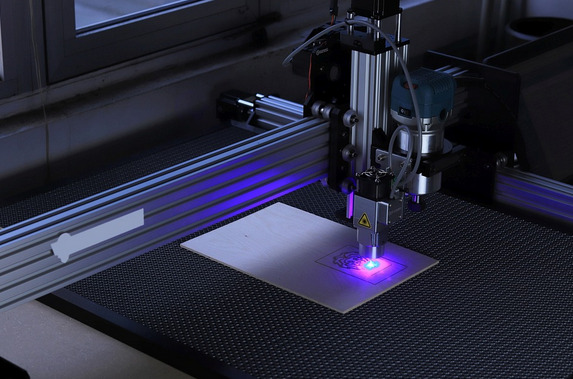
In addition, you can also find laser printing. This cutting-edge digital printing technique uses lasers to transfer text and images onto targeted paper or other materials. The process involves creating a digital image. Then, it’s transferred onto the printing surface using a laser beam.
This method allows for high precision and detail in the final print, making it ideal for intricate designs and sharp text. The best things about laser printing are its speed and efficiency. Moreover, laser printers are known for their versatility, as they can handle various types of materials, including paper, cardstock, labels, and even fabric.
Dye-Sublimation Printing
Dye-sublimation printing is another cutting-edge technique. But this involves transferring dye onto materials using heat. It’s perfect for creating vibrant, long-lasting prints on items like clothing, banners, and promotional products. The final output is durable, scratch-resistant, and washable without fading or peeling. This makes it an ideal choice for producing personalized goods or marketing materials that need to stand out.
UV Printing
Finally, you might want to consider using a UV printing technique. This technique basically uses ultraviolet light to cure inks instantly on various surfaces, ensuring vibrant colors and durability. This process involves applying UV-curable ink onto the substrate and then exposing it to UV light for quick drying. The result? Sharp images with excellent detail resolution. Aside from being used on almost any material, the prints are also scratch-resistant and waterproof, making them ideal for outdoor use or products that require frequent handling.
So, if you want to unlock new possibilities for creativity and efficiency in your …
Read More
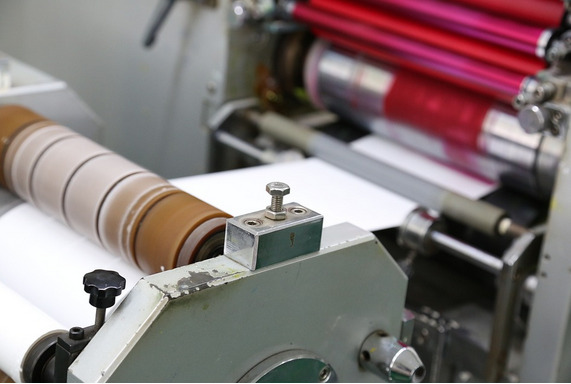
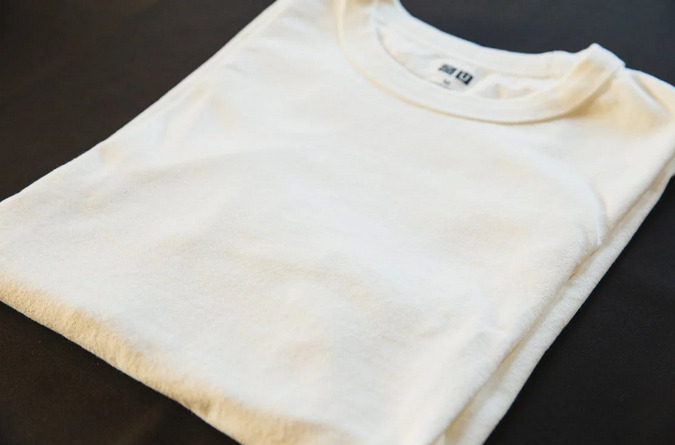
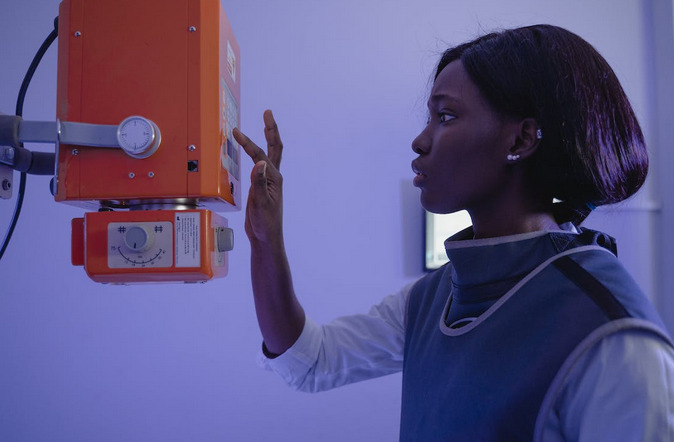
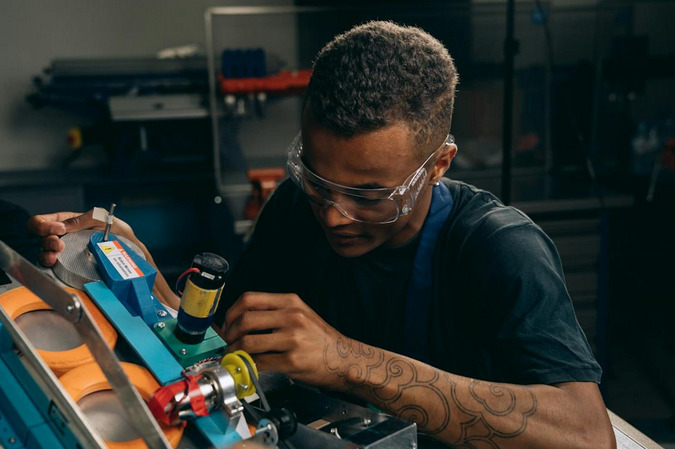
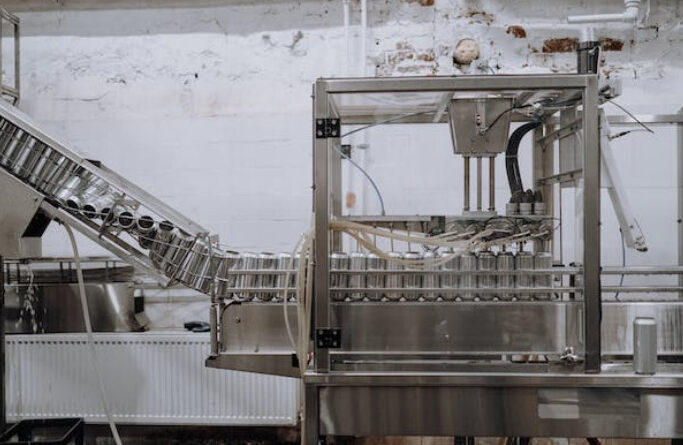
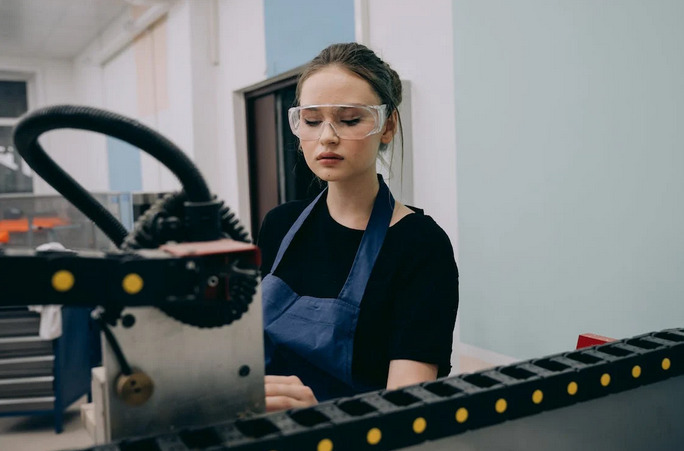
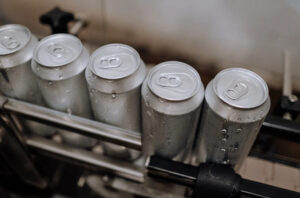 Many manufacturers are looking for ways to reduce costs and increase efficiency in the current business climate. One way to do this is through technology, specifically automation. Automation can help boost manufacturing output while reducing labor, materials, and energy costs. If you are looking for ways to reduce costs and increase efficiency in your manufacturing operation, consider investing in automation technology.
Many manufacturers are looking for ways to reduce costs and increase efficiency in the current business climate. One way to do this is through technology, specifically automation. Automation can help boost manufacturing output while reducing labor, materials, and energy costs. If you are looking for ways to reduce costs and increase efficiency in your manufacturing operation, consider investing in automation technology.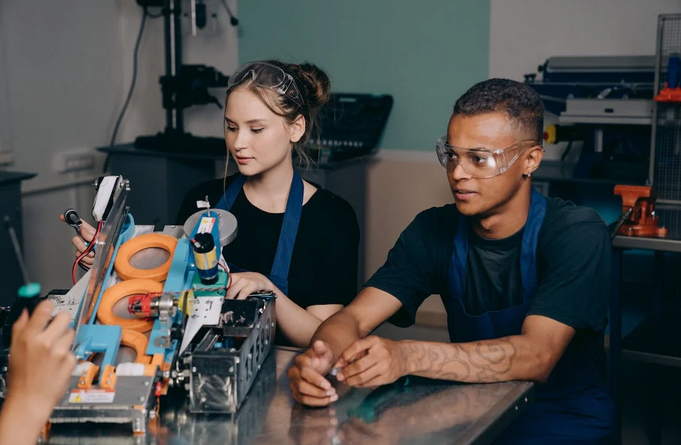
 One way to make the production process more effective is to invest in automated technologies. Automation can help you speed up processes, reduce errors, and maximize efficiency. You can free up time for other essential business activities by automating certain tasks. If someone can help you with automation, it can be a great time and money saver. If you know a person who also owns a business, they can recommend services they use. But if you don’t, it’s still worth doing some research, as many companies offer automation services. Avoid rushing to find one, this way, you can compare and find one that is suitable for your needs.
One way to make the production process more effective is to invest in automated technologies. Automation can help you speed up processes, reduce errors, and maximize efficiency. You can free up time for other essential business activities by automating certain tasks. If someone can help you with automation, it can be a great time and money saver. If you know a person who also owns a business, they can recommend services they use. But if you don’t, it’s still worth doing some research, as many companies offer automation services. Avoid rushing to find one, this way, you can compare and find one that is suitable for your needs.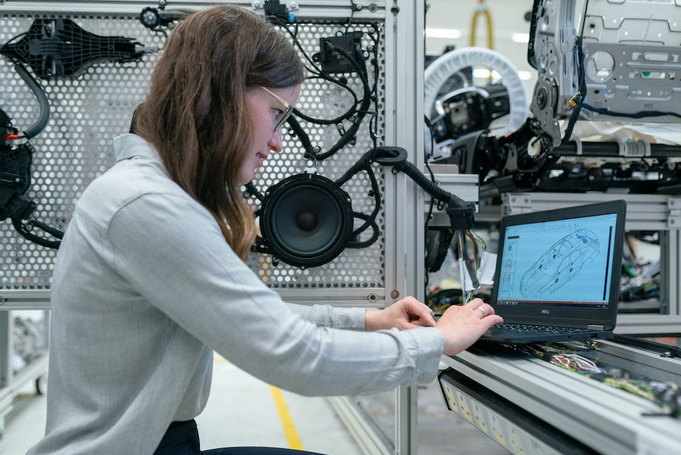 The last way you can make business production more efficient is to focus on improving employee performance. This means investing in training and development, motivating employees, and setting clear goals for them to work towards. Doing this ensures that your staff has the skills and knowledge necessary to carry out their tasks efficiently. Many successful business owners say that investing in their staff is one of the best decisions they have ever made, and it can definitely help you improve your production process. So, take the time to make sure your employees are well-trained and motivated to do their best.
The last way you can make business production more efficient is to focus on improving employee performance. This means investing in training and development, motivating employees, and setting clear goals for them to work towards. Doing this ensures that your staff has the skills and knowledge necessary to carry out their tasks efficiently. Many successful business owners say that investing in their staff is one of the best decisions they have ever made, and it can definitely help you improve your production process. So, take the time to make sure your employees are well-trained and motivated to do their best.
 There are many places in the region where you can enjoy pizza and pasta in a sumptuous setting on certain occasions. These regions offer the perfect combination to attract a large market when it comes to eating out at fair prices. Talk to experienced chefs in the area and you’ll find that cuisine from Sicily to Sardinia has a wide variety of flavors. It’s hard to decide which is better when comparing food from one place to another.
There are many places in the region where you can enjoy pizza and pasta in a sumptuous setting on certain occasions. These regions offer the perfect combination to attract a large market when it comes to eating out at fair prices. Talk to experienced chefs in the area and you’ll find that cuisine from Sicily to Sardinia has a wide variety of flavors. It’s hard to decide which is better when comparing food from one place to another.  The question is, where can you find it? If you prefer a thin crust pizza topped with mozzarella that has a new, vibrant, joint, and unexpected feel, head to Bottura’s on Temasek Boulevard. Proceed to his Peking Duck pizza, which is different thanks to its barbecue sauce called hoisin. His Bosco D’Inverno understands the perfect relationship between crust and cheese, while mascarpone and mozzarella melt on the plate. Head to Etna Italian Restaurant near Duxton Road and you’ll be delighted to locate a site with a popular masterpiece.
The question is, where can you find it? If you prefer a thin crust pizza topped with mozzarella that has a new, vibrant, joint, and unexpected feel, head to Bottura’s on Temasek Boulevard. Proceed to his Peking Duck pizza, which is different thanks to its barbecue sauce called hoisin. His Bosco D’Inverno understands the perfect relationship between crust and cheese, while mascarpone and mozzarella melt on the plate. Head to Etna Italian Restaurant near Duxton Road and you’ll be delighted to locate a site with a popular masterpiece. 

 SEO alone can’t do much for your business. When combined with article advertising, social media marketing, email advertising, mobile marketing, and PPC advertising, it helps companies be at the forefront of online success. When an agency offers you all services under one roof, your company will have no problem raising the level of search engine optimization. The benefits of this can be seen in the type of uniformity of work, common goals, and cost reduction. It would also be much easier for you to control, because you have a single point of contact for different services, rather than having many people for different tasks.
SEO alone can’t do much for your business. When combined with article advertising, social media marketing, email advertising, mobile marketing, and PPC advertising, it helps companies be at the forefront of online success. When an agency offers you all services under one roof, your company will have no problem raising the level of search engine optimization. The benefits of this can be seen in the type of uniformity of work, common goals, and cost reduction. It would also be much easier for you to control, because you have a single point of contact for different services, rather than having many people for different tasks.
 Making additional effort to choose how long you want to share for every job may also help you identify potential issues before they appear. This way, you’ll be able to make plans to
Making additional effort to choose how long you want to share for every job may also help you identify potential issues before they appear. This way, you’ll be able to make plans to  When doing several jobs without fractures, it’s more challenging to remain motivated and focused. Think about taking a rest, going for a brief walk, or even meditating. You may not feel this can allow you to better manage your time; however, exercising and meditating daily will make your body more healthy. This way, you can perform various routine activities, which are usually done hence that the time available may be utilized correctly. After working out, your brain is also fresher and will think clearly to perform the job at hand.
When doing several jobs without fractures, it’s more challenging to remain motivated and focused. Think about taking a rest, going for a brief walk, or even meditating. You may not feel this can allow you to better manage your time; however, exercising and meditating daily will make your body more healthy. This way, you can perform various routine activities, which are usually done hence that the time available may be utilized correctly. After working out, your brain is also fresher and will think clearly to perform the job at hand.
